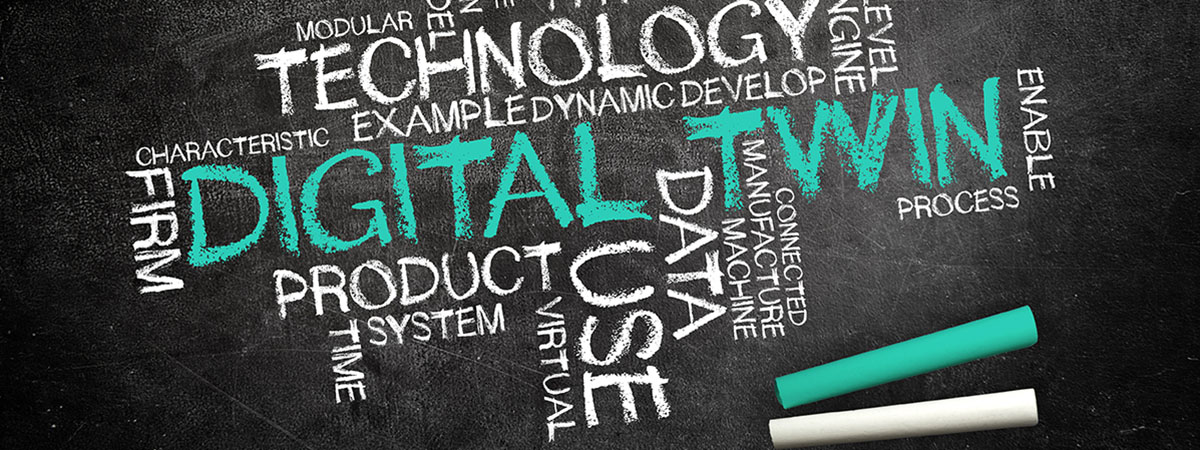
The common sense of digital twins

During World War II, most of the working force was required to serve in the army, causing a major shortage of personnel. Alan Turing noticed this necessity and as a response, he invented a machine. The Turing machine could solve any problem, performing any task for which a program could be written. What Turing described in 1950 became the foundation of computer science and computers as we know it now.
The wave that started with the invention of Turing among others, started the developments of machines that could do things faster and more efficient than humans ever could. Over the years this digital revolution has led into the current hot topic: Industry 4.0.
This fast wave of automation and digitalization (especially in manufacturing) made it more and more difficult to understand every detail of the manufacturing process. Furthermore, the amount of data that is gathered in connected and digitized factories is getting too large to oversee. This makes companies “data rich and insight poor” (Bernard Marr, 2016). To solve this problem, just as Turing solved the computer problem, a new concept was invented called the digital twin.
A digital twin can be described as a digital version of a physical asset (a product, machine or system for example) that represents and simulates its past, current and future behavior, based on accumulated and predicted data. The digital twin provides the possibility to represent complex data in a comprehensive and visual way. Furthermore, it gives the user the possibility to use their common sense again, showing data in its context instead of in graphs and tables. Eventually, giving the company their insight into their factory back and providing it with new options such as the possibility to ask the “what if?” question, finding new causal relations in raw data and the ability to simulate extreme scenarios without damaging the physical assets.
Industry 4.0 can feel like an avalanche, especially when you become data rich and insight poor. By asking the right questions, finding the underlying goal and using a modular structure the digital twin will be able to give you the necessary insights. Next to that, implementing a digital twin in the right way allows you to be flexible for innovations and adjustments that lie ahead of us. And because of this, the digital twin, just like the Turing machine, will be the binding factor to make Industry 4.0 and its future revolution a success. Giving common sense back to the users, not replacing them with machines but empowering them with comprehensive tools such as the digital twin.
